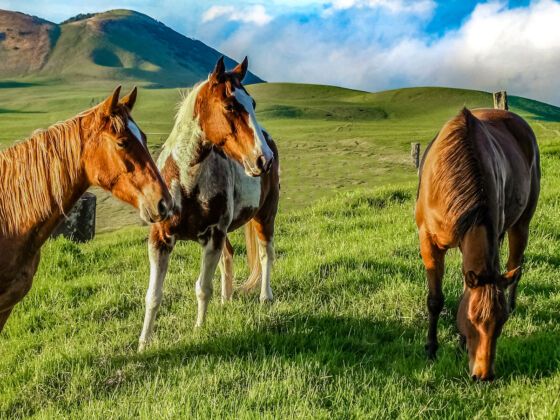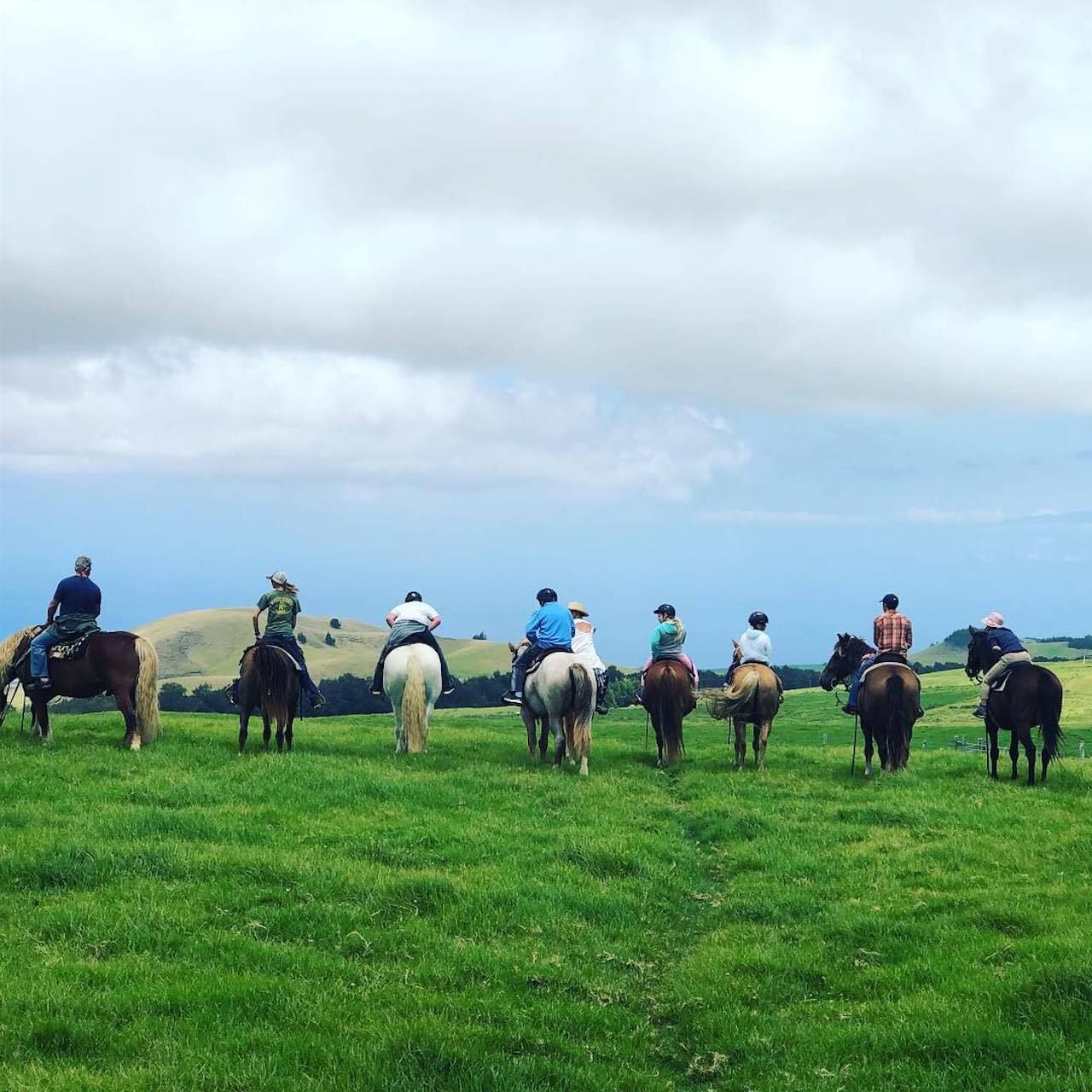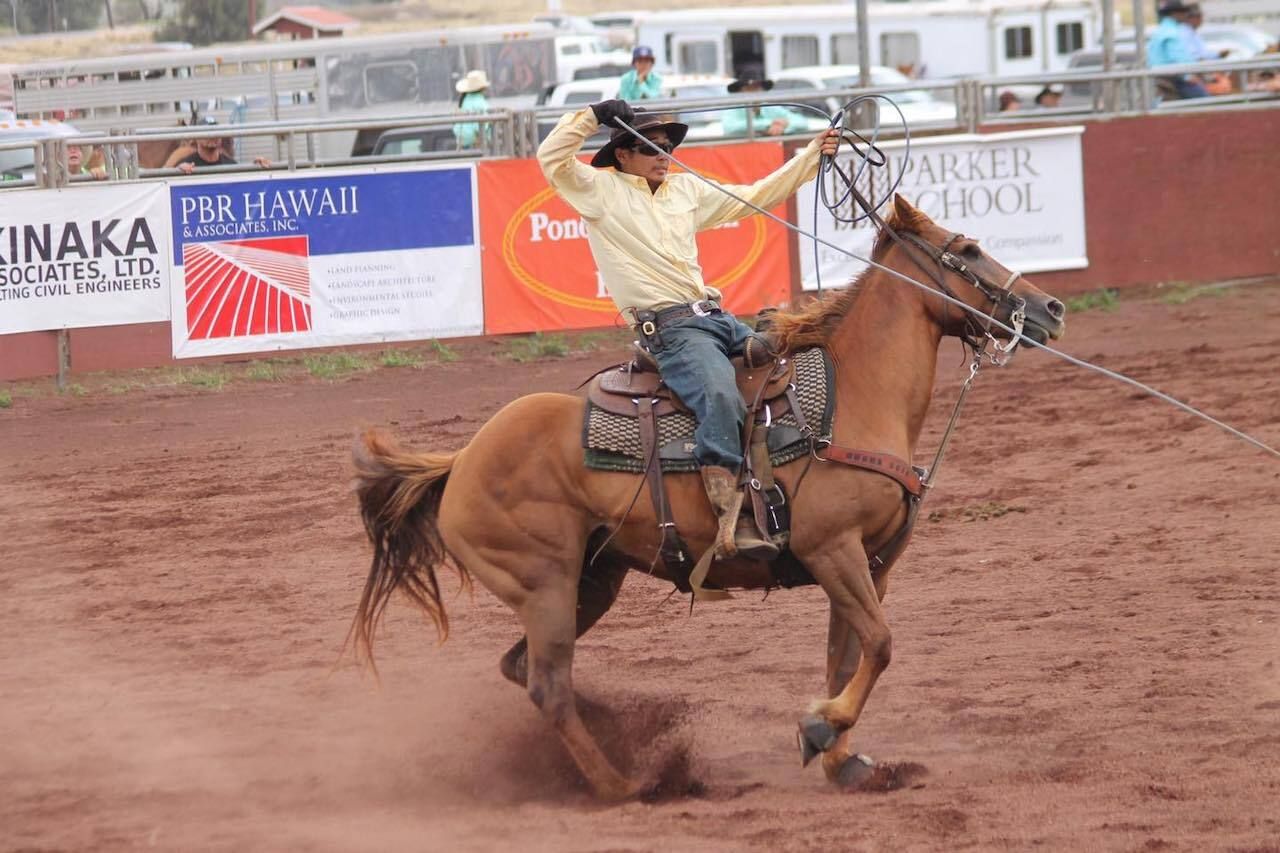In 1908, Ikua Purdy traveled from his home on Hawaii’s namesake isle, Hawaii Island, to the Frontier Days Rodeo in Cheyenne, Wyoming. He and his fellow paniolos, or Hawaiian cowboys, stood out with their brightly hued hat bands and unusual saddles. But Purdy made more of an impression when he roped a steer in 56 seconds, setting a new record.
Purdy showed the world that Hawaiian cowboys were not just skilled cattlemen but that they had traditions and techniques of their own.




